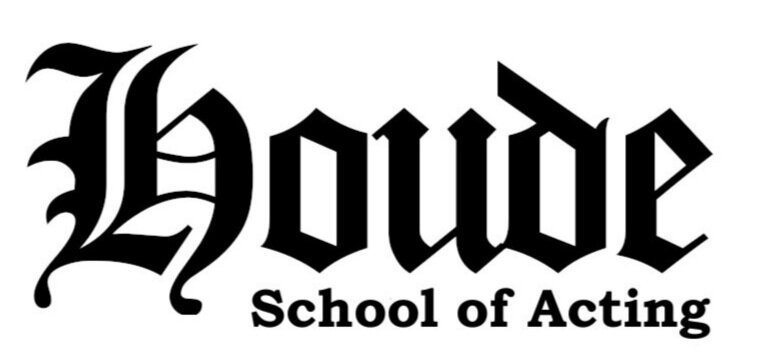The Monologue: The Moment Before
We are continuing our deep-dive into monologues to not only prep all of you for Monologue Mondays, but also for when opportunities present themselves in real-world auditions.
It is a well-known fact that when viewing audition tapes and monologues, casting and production can tell within the first few seconds of an audition if they are going to be excited about watching someone’s material. Now, to be fair, casting will always watch your audition in the hope that they may be wrong, but more likely than not, it’s the first few moments that instinctually set a precedent for what the rest of the piece has in store. Most actors will hear this and wonder, “How is that possible? What could possibly be happening in those first few seconds that’s so important?” The short answer? A lot.
In self-tapes, the moment the camera flicks on to record is the moment the audition truly begins. Now, some may think, “Well that’s obvious!” And yet, more often than not, most actors will only begin acting when they say their first line. Yet, the actors that utilize those first few moments to establish their world faster will usually have a steep advantage over the actors that did not. In fact, these crucial few moments have a distinct name for this reason: the Moment Before.
The Moment Before launches an audience into a scene by adding moments before any dialogue has been said. These moments usually help establish the environment, the relationship between the characters, and what the character is currently doing so the audience is given context for the rest of the scene. Without a Moment Before, the audience will spend the first few critical moments of the monologue trying to catch-up on what is happening, as opposed to being fully immersed in the scene.
Regardless of what type of monologue, scene, or dialogue is being presented—there is always a Moment Before.
The first questions we need to be asking ourselves as actors before we may determine our Moment Before, are questions we should be asking ourselves for any other material.
-What events have led us up to the present moment in the scene?
-Who is this character speaking to?
-What is their relationship?
-Where are they speaking?
-Why is this character doing what they are doing?
-What is at stake if they do not get what they need from their partner?
-What obstacles must this character confront?
Once we have determined our foundational choices, we then must ask ourselves—what is this character’s point of view immediately prior to this scene? For example, if a character has lost a beloved family member in the previous scene and is now tasked with trying to comfort the congregation with a eulogy: how will that affect the way they handle the speech (in this case, the monologue material)? Are they nervous? Are they upset? Are they feeling honored that they may discuss this person’s life? No two characters will ever react the same way for every situation, but we must be specific with our characters point of view. If we make the choice that this character is feeling distraught and was crying the entire night prior to the funeral, how would that impact their behavior moments before delivering the eulogy? Is their energy lower? Are they fidgeting more than usual? Are they trying to put on a brave face for their audience? Whatever choices are decided, they must ultimately impact the character’s behavior.
Now that we have determined what was happening prior to the scene, we must now confirm for ourselves what happened mere seconds before this character started speaking that ellicted the response of the monologue? The Moment Before is rooted in reacting to what happened directly before the scene. We only ever start talking in reality in order to respond to something else that has occurred: the same goes for monologues. Sometimes if we have enough material at our disposal, we can see this dialogue and only have to start the scene with the reaction in mind. However, sometimes in our monologues or our sides, this information is NOT provided, in which case we must imagine for ourselves what may have been said or done.
Going back to our previous example, imagine if the father of this character had warned them to not muddle up their speech or they would never let them live it down. If this threat happened directly before the monologue, the character’s behavior may be even more erratic or anxious than it already was. This type of dialogue also has a built-in obstacle and set of stakes for the eulogy. If this character does not meet the specific standards of the father, there will be ramifications. In the Moment Before the eulogy, this character may very well look down at what they had prepared anxiously, look out to their audience in fear, and then hold back tears as they begin their dialogue. All of this behavior gives small instinctual clues for the audience to pick up on that inform and provide context for where the rest of the dialogue may go.
Overall, the Moment Before is a vital response in our monologues and scene work that provide subtle but necessary clues and details for what is to come in the material; it also helps to earn the audiences’ immediate attention and trust.
In short: always remember that our acting begins before our dialogue begins.
by Diana Frankhauser

